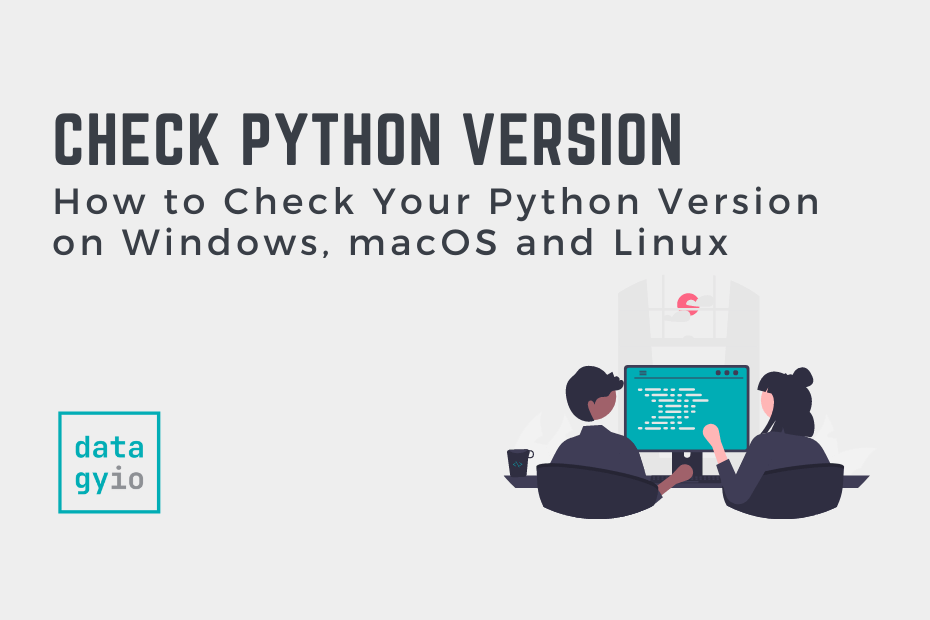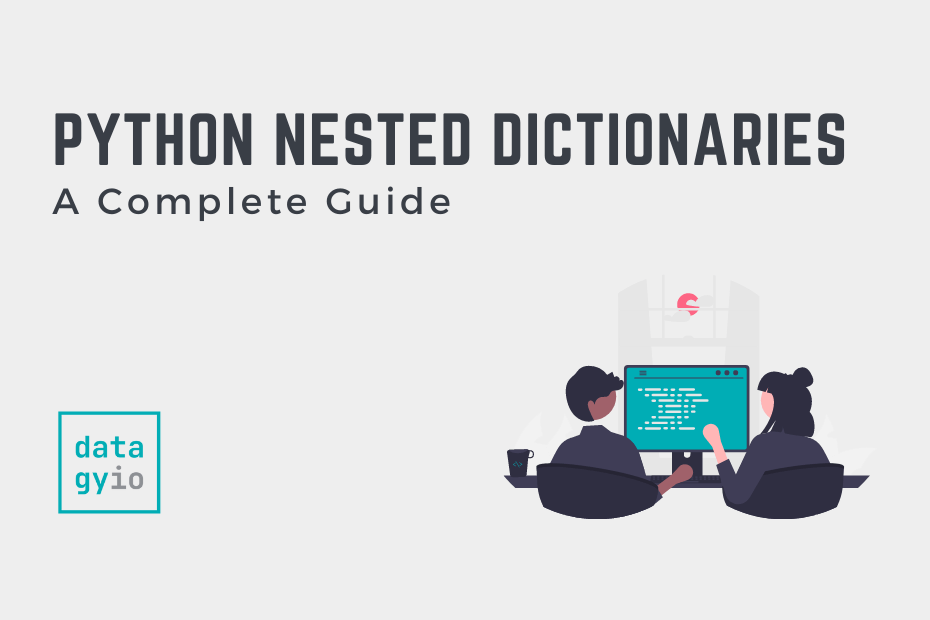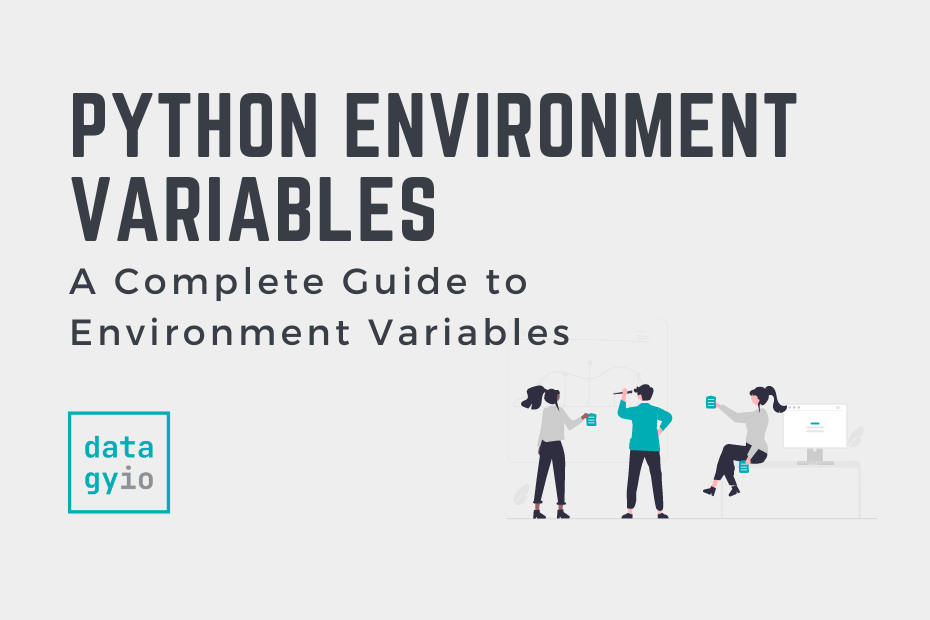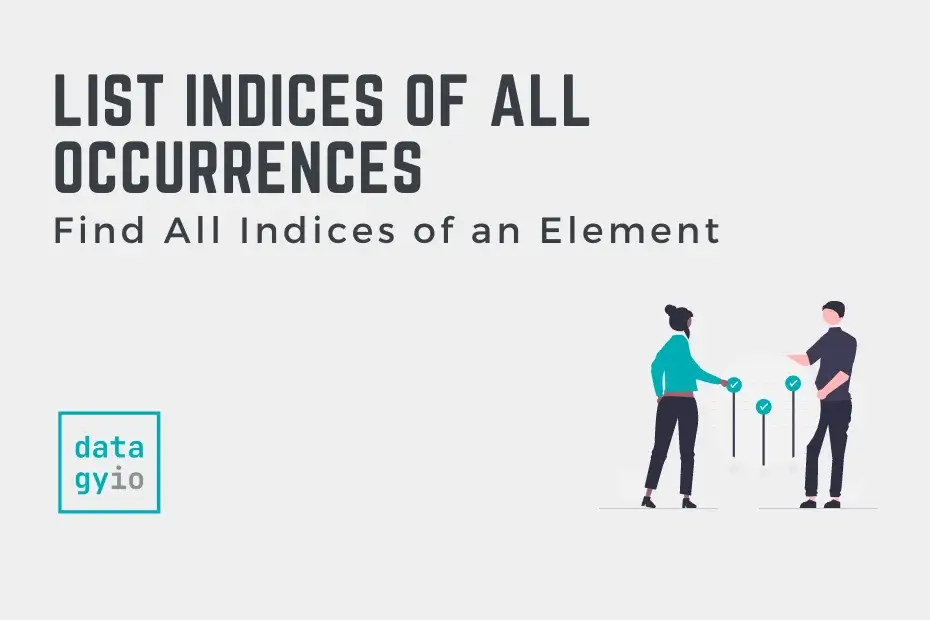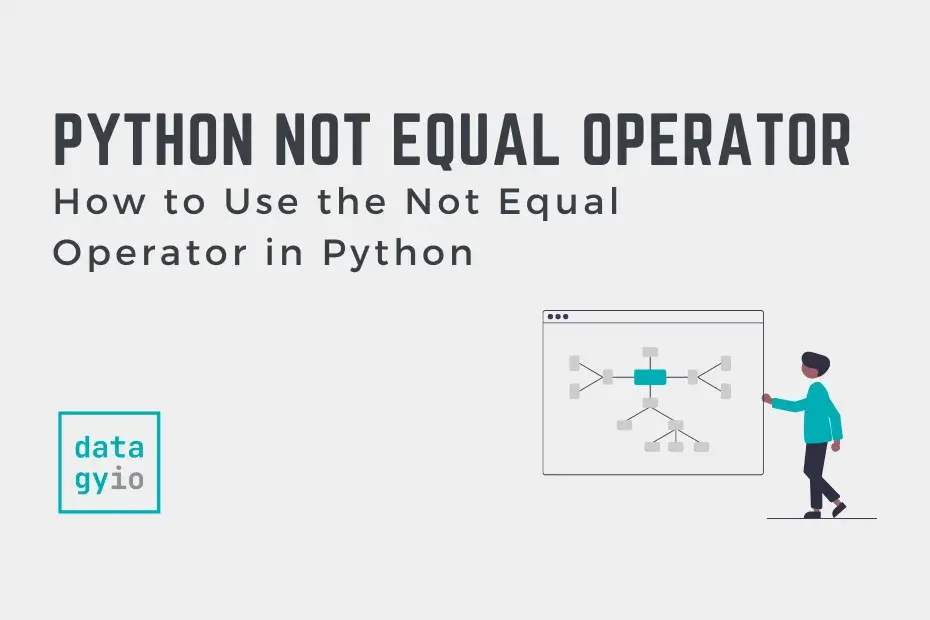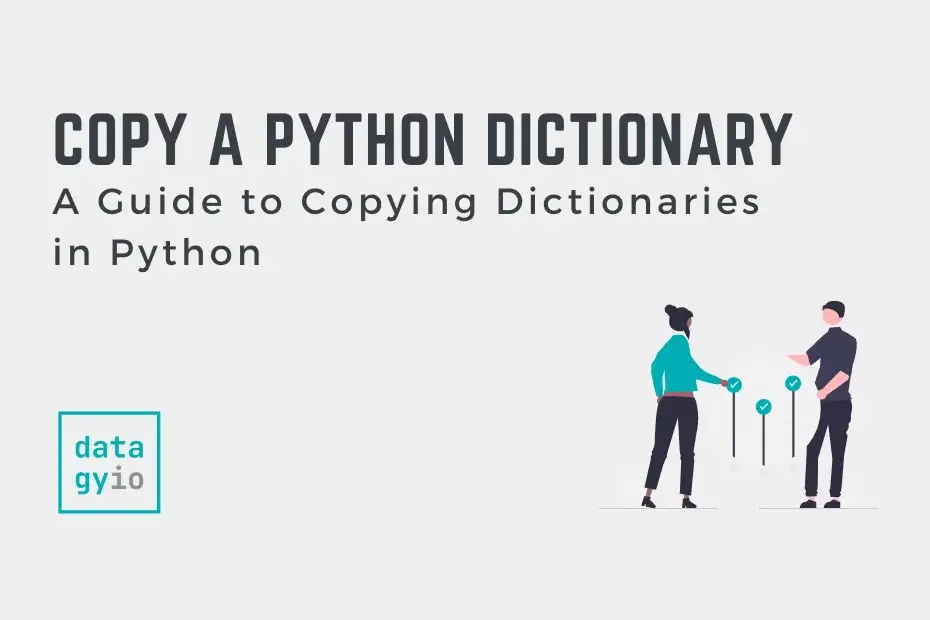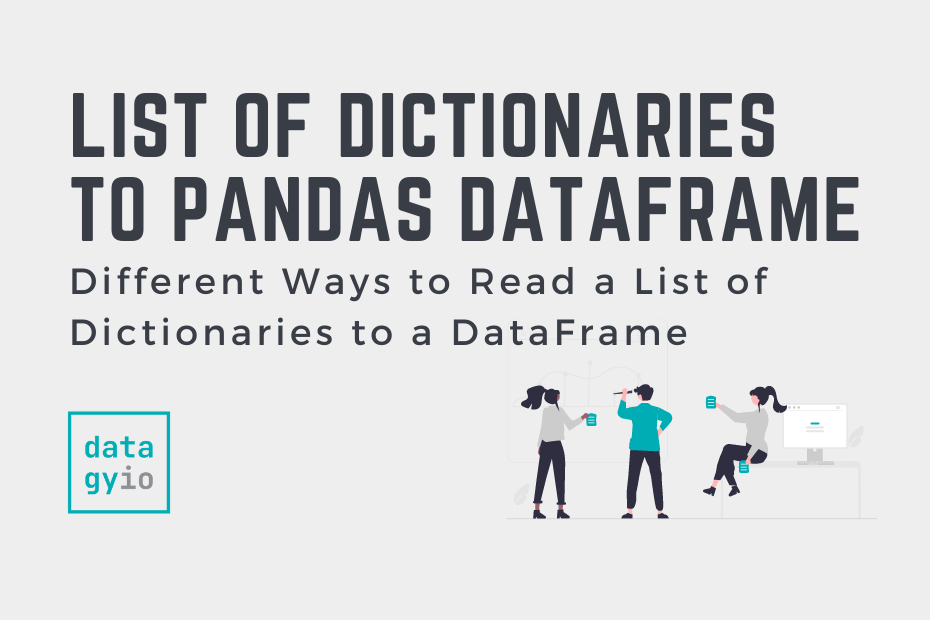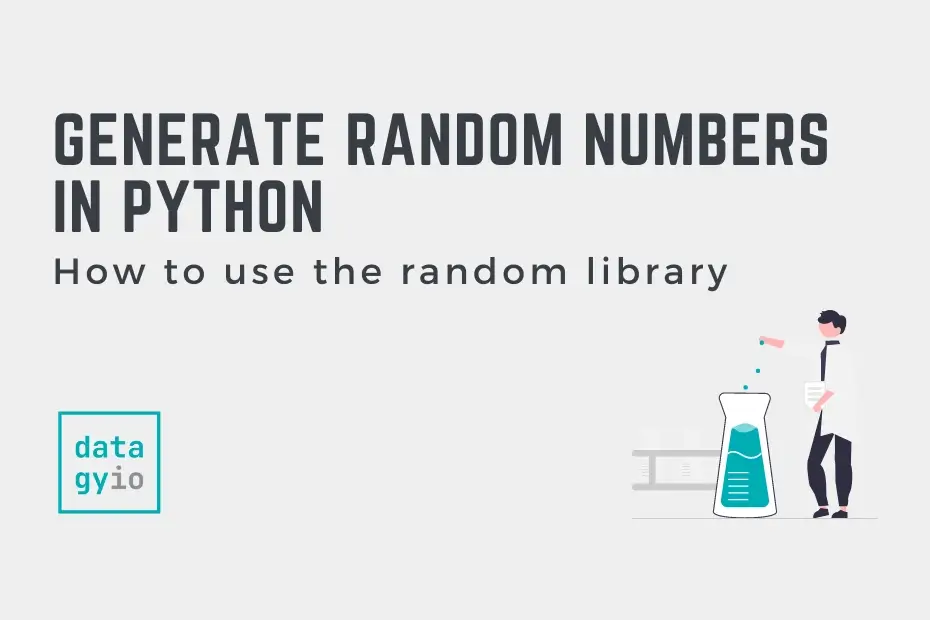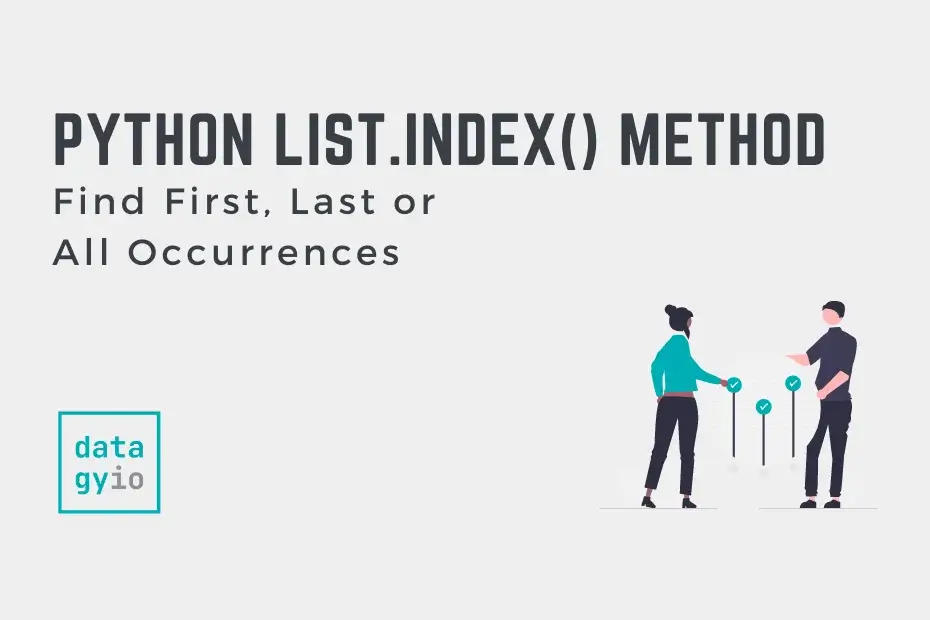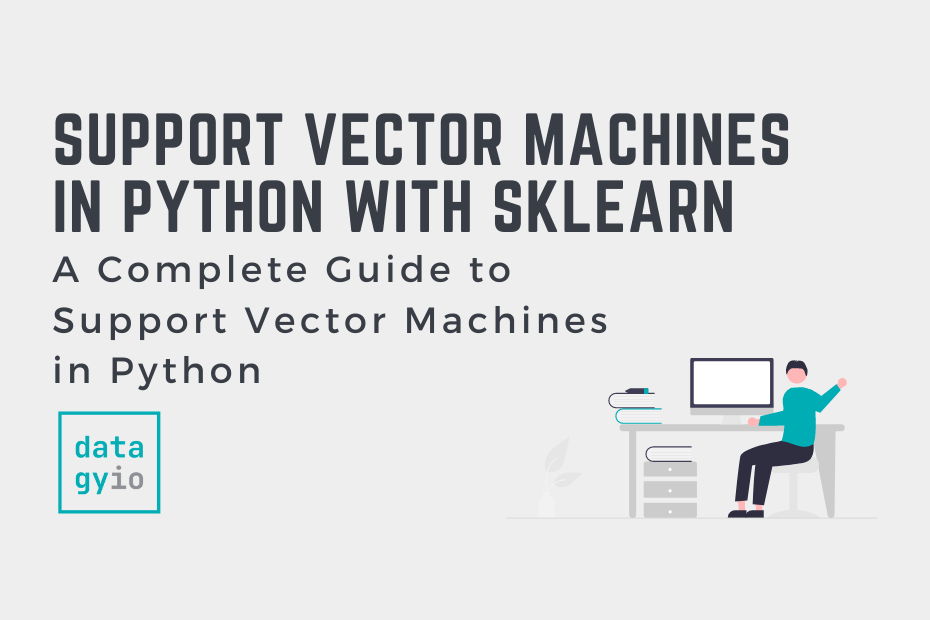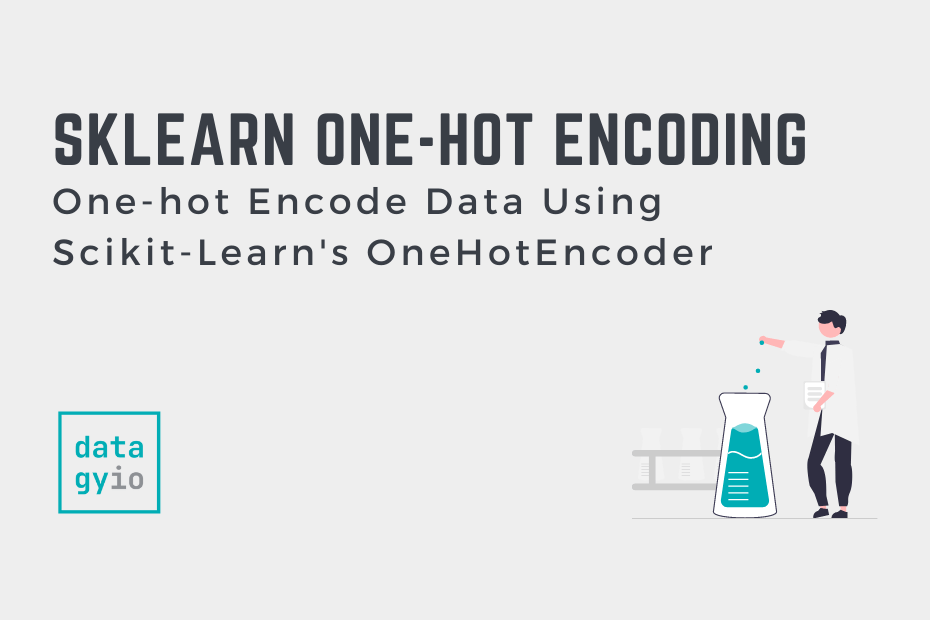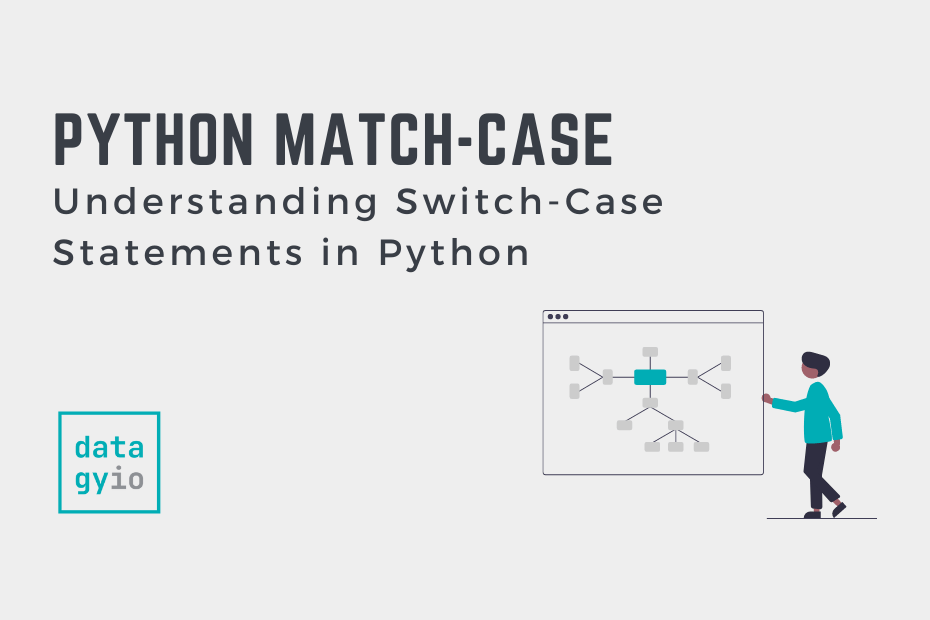How to Check Your Python Version (Windows, macOS, Linux)
In this tutorial, you’ll learn how to check your Python version in Windows, macOS, and Linux. You’ll learn how to check the version of Python using the command line and within a Python script itself. You’ll learn how to get the version number of the interpreter that your scripts will use. Knowing how to do […]
How to Check Your Python Version (Windows, macOS, Linux) Read More »

